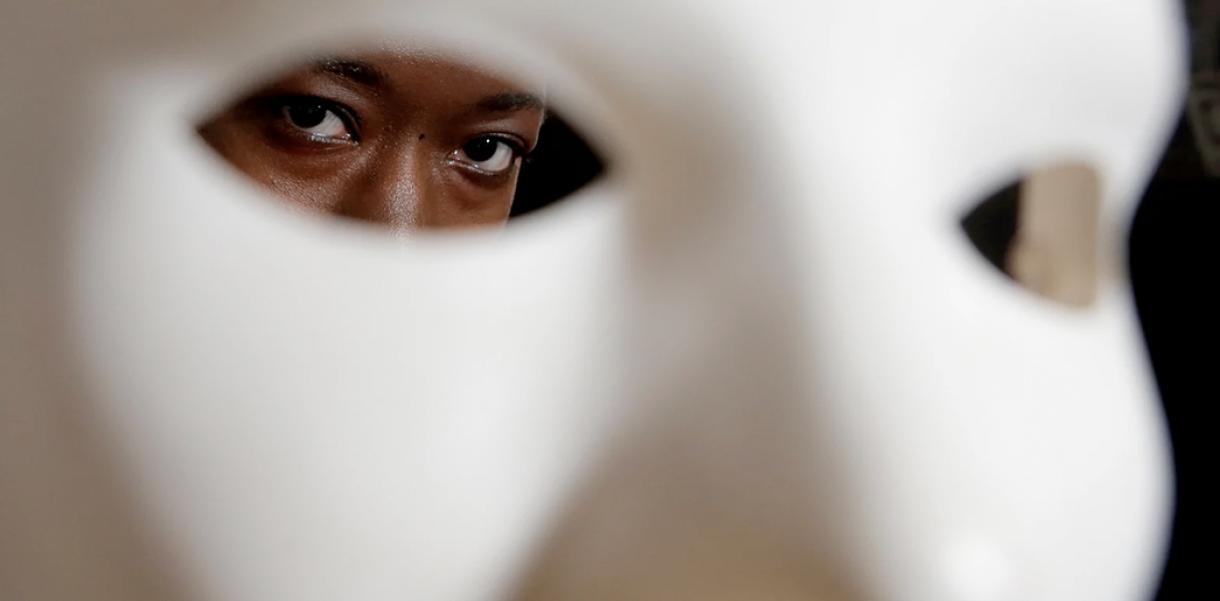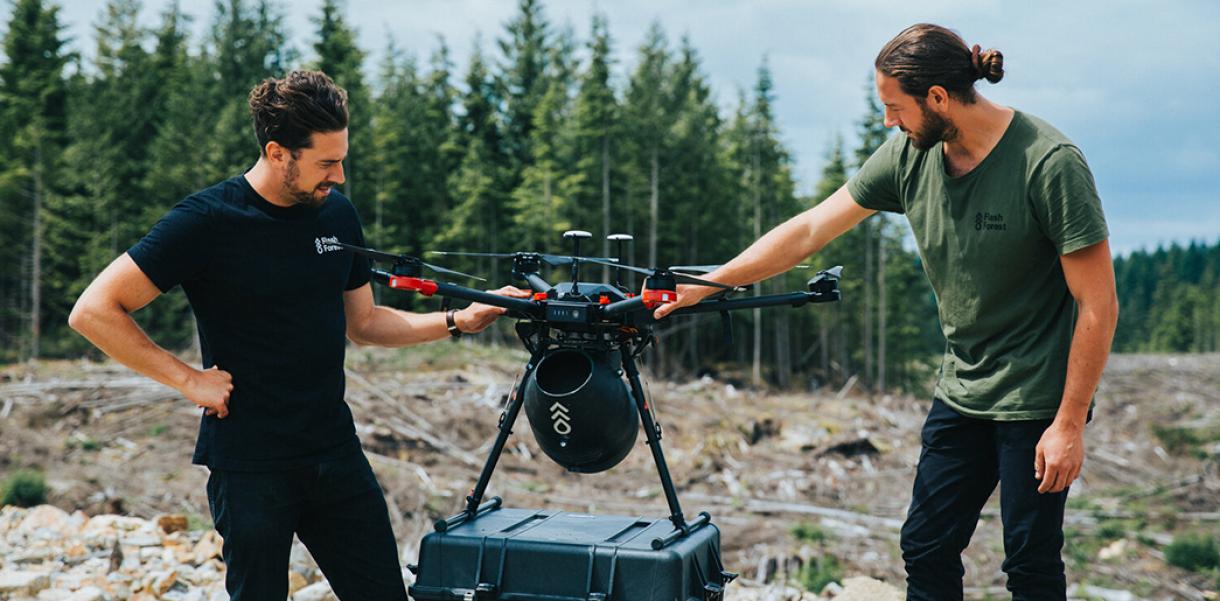"We've seen how technology that isn't designed well can do a lot more harm, but in the right balance, technology can actually help – and I'm a techno-optimist," says Sherif Hanna, Vice President of Research and Development at Truepic, one of the driving forces behind the digital notary for visual media.
Manipulated digital media began rather innocently, often humorously edited photos distributed via chain emails, Reddit threads and early social media platforms. Anyone with passable photo editing skills could create an alternate reality and, with the click of a button, send it out into the world for a likely lengthy and unpredictable life cycle.
Fake or altered media is an accepted norm of our digital lives today, but a little harmless fun has turned into a heedless, uncontrollable conundrum. Spreading misinformation, enabling fraud and eroded public trust in digital media as a whole.
"If you were to read the tea leaves of what's going to happen five or 10 years from now… if we can't trust anything at all in the photos or videos that we're seeing; we're in real trouble."
Founded in 2016, Truepic uses groundbreaking technology to authenticate images and videos as they’re captured. Users upload their material to the Truepic platform that then verifies its origins and watermarks it with a timestamp, geocode and other metadata. The result is an authenticated media piece, and regardless of how many times it’s manipulated, the creator will always have an authenticated original.
Already in 2018, Truepic supported Syrian activists, who were on the ground documenting attacks against civilians. Their photos and videos would often find their way to international forums, such as the United Nations, as evidence of war crimes, but were often met with many questioning their authenticity.
"The activists started using Truepic technology and then it became very hard, let's say, for adversaries in the international community to say: 'Oh, that's a fake video or that’s from three years ago,'" explained Hanna. Every photo and video came with proof of its authenticity, which then allowed these people to bring the story forward to the world at large."
This is just one great use case for the technology. Today, it doesn't take a lot of creativity to imagine all of the nightmare scenarios possible with manipulated media. From dating websites where optimised selfies and ‘cat-fishing’ is rife to falsified media that has the power to swing elections.
”This has to be solved not on a case by case basis, but we have to create technology that can be used everywhere.”
The Andrew Walz case saw a 17-year-old fool Twitter into verifying a fake congressional candidate he created. The ‘Republican from Rhode Island’, created via a loophole through Ballotpedia, received a coveted blue checkmark that normally signifies an account’s validity. To avoid this happening again, Truepic worked with Ballotpedia to verify over 1,000 political candidates in 50 states.
"It really runs the gamut of potential vectors for deception here, which is why this has to be solved not on a case by case basis, but we have to create technology that can be used everywhere," explains Hanna.
But, isn't there something we can do to tackle the masses of fake media out there? According to Hanna, it's very complicated. As an example, Facebook ran a Deepfake Detection Challenge, where teams developed advanced AI’s in a bid to snuff out fake videos. Sadly, the best-performing AI only had an accuracy level of 65.1%. Hanna also explained a “vicious circle” whereas AI’s become more advanced at detecting altered or fake media, so do the AI’s that generate the media in the first place.
“[We want to] improve the quality of the content on these platforms, and allow them to surface higher quality content to the viewers."
Hanna also hopes this will give social media platforms the impetus to ensure authentic media is prioritised by algorithms.
“We’re trying to re-instill a sense of confidence by saying: ‘You can actually trust that what's in this photo actually happened,” he says. “[We want to] improve the quality of the content on these platforms, and allow them to surface higher quality content to the viewers. And hopefully drive better conversations versus the chaos we’ve seen ensue.”
Right now, Truepic is a software platform, used by a range of beta customers from citizen journalists to Fortune 500 companies. The team is now rapidly working to transform the tech into a physical chip to eventually be in every media-capturing device be it a smartphone, computer or tablet.
As Truepic's technology scales it will begin to deliver trust in many of the images that circulate the internet to counter disinformation, accelerate business, and restore a shared sense of visual reality. To date, Truepic's provenance technology has authenticated over two million images and videos in over 150 countries worldwide.




